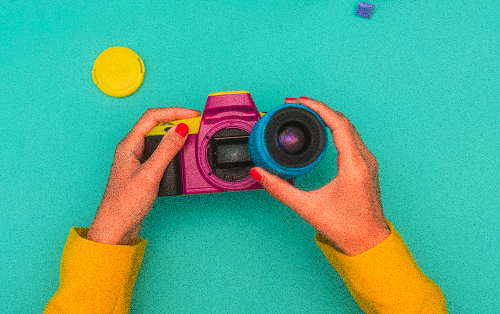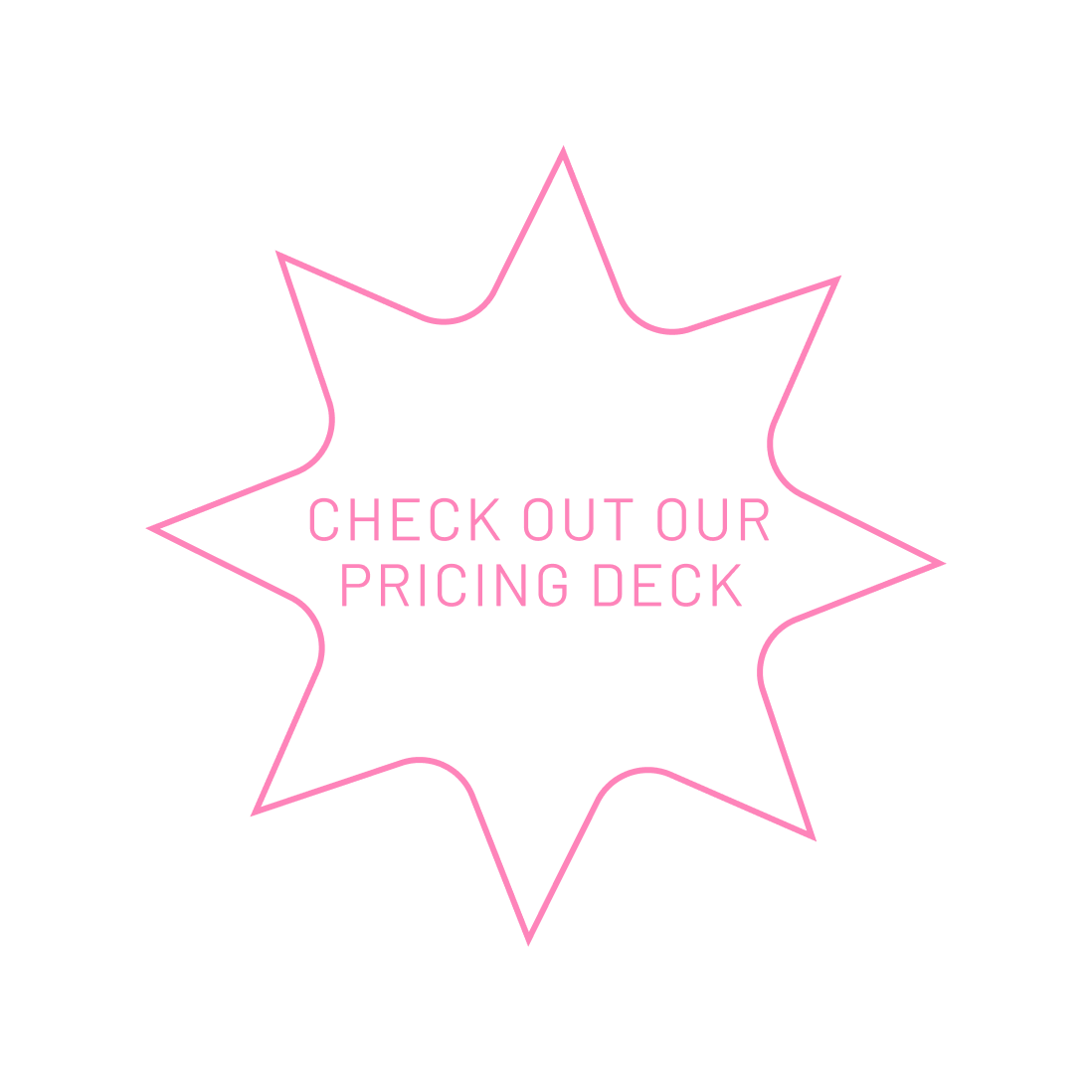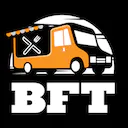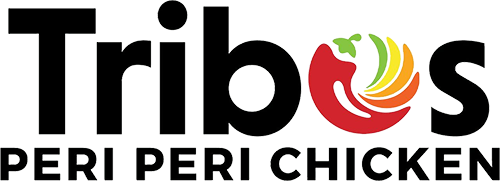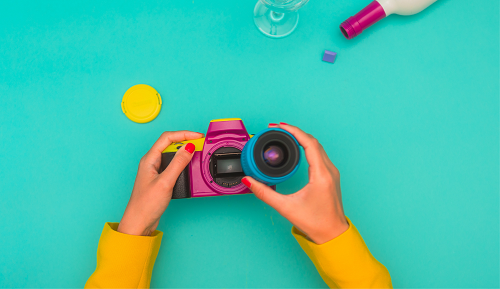YOUR STORY.
OUR MEGAPHONE.
Relax your shoulders. we're here.
We're dot-connectors. Action-takers. We use our fluency in digital + knack for data-inspired storytelling to solve the problems that are holding you back from your next level of growth.

PLAY
REEL
What we do
We take the time to get to know who you are and where you want to be, then dream up the most creative and compelling ways to bring your project to life.
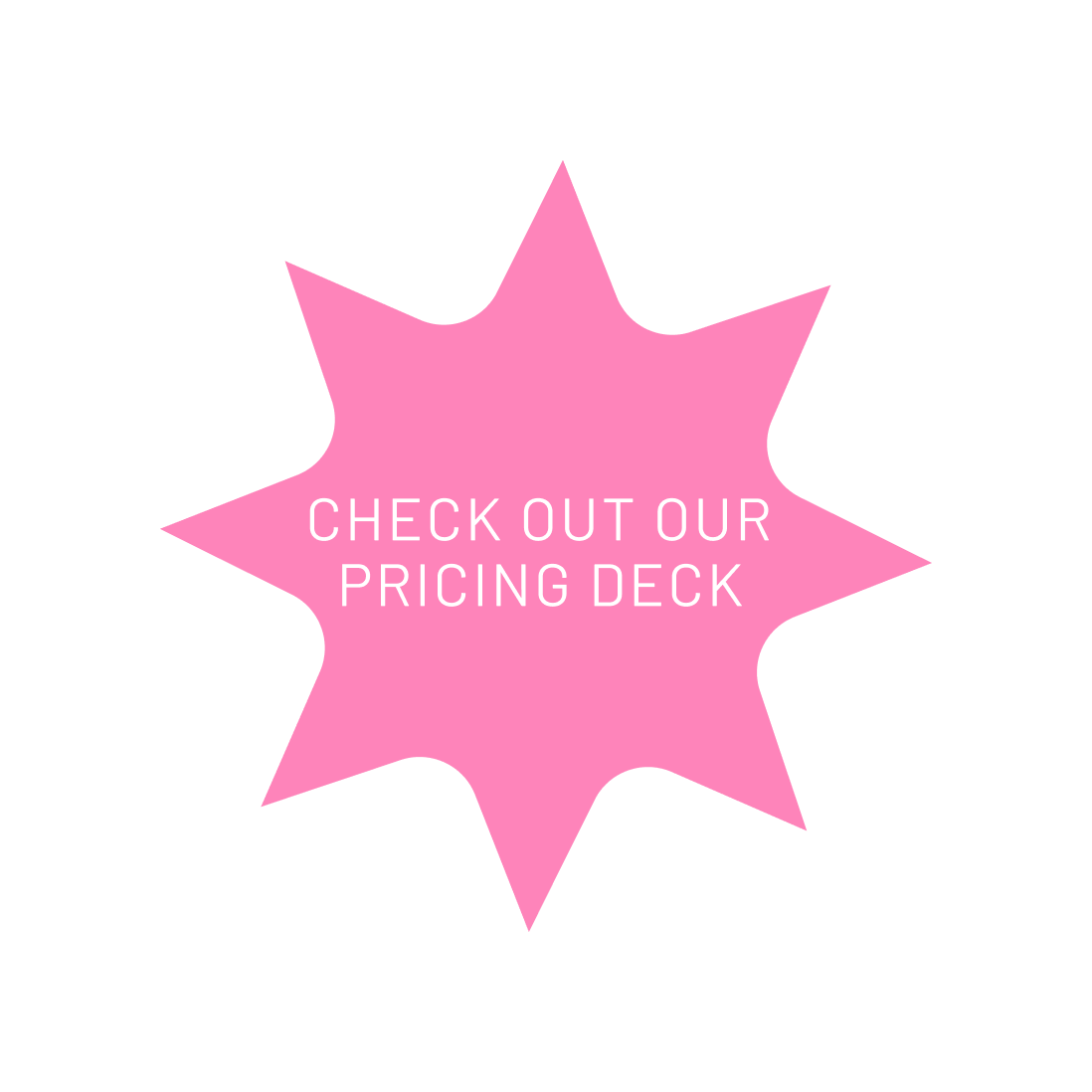
STRATEGY
design
DEVELOPMENT
MARKETING
LEARN ABOUT YOU
Think of this as brand therapy, where you tell us everything about your company, where it's headed, and what hasn't worked in the past. This process can last as long as it needs for us to get what makes you tick.
CREATE A GAME PLAN
Once we help you nail down your goals, we'll create the best possible strategy that fits your budget and timeline. We'll make sure there's plenty of wiggle room for last-minute pivots so it always feels like you.
MAKE SH*T HAPPEN
This is where the fun starts. Our experts will take the lead and get cooking, keeping you in the loop the entire way. You'll always have our full attention — no excuses.
OPTIMIZE + REPEAT
Once we launch, it's still all hands on deck. Our team will track performance, report our findings, and seize every opportunity to make things better — so you can kick back and watch your numbers grow.
our process
Our credo can be summed up in four words: do more, talk less. Once we get to know you inside-out and build out the perfect strategy, we'll serve up the deliverables that are d*mn good, every time.



